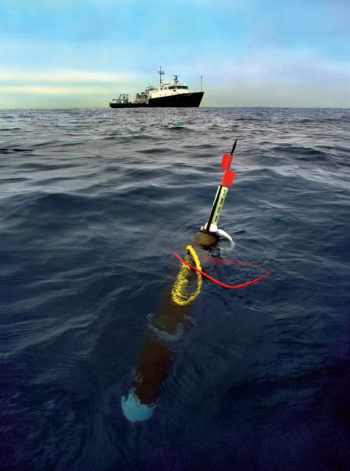 The countdown has begun. In less than 24 hours, I will be boarding a ship with a team of scientists and engineers from Lawrence Berkeley National Laboratory (Berkeley Lab) and the University of California, Berkeley, as they prepare to set sail on a 10-day voyage to study the ocean’s biological carbon pump.
The countdown has begun. In less than 24 hours, I will be boarding a ship with a team of scientists and engineers from Lawrence Berkeley National Laboratory (Berkeley Lab) and the University of California, Berkeley, as they prepare to set sail on a 10-day voyage to study the ocean’s biological carbon pump.
Leading the 13-member team is biogeochemist Jim Bishop, a faculty senior scientist at Berkeley Lab’s Earth and Environmental Sciences Area and a professor at UC Berkeley’s Department of Earth and Planetary Science.
Bishop notes that much of the carbon dioxide in the atmosphere is sequestered in the oceans through the actions of microorganisms, but there is much about the process that remains poorly understood. The biological carbon pump operates on time scales of about a week, so detecting changes and disturbances in the cycle would require ongoing monitoring that is currently impractical and cost-prohibitive to do with humans on a ship.
Robotic floats would be ideal for such applications since they could ultimately be left out at sea for months or even a year at a much lower cost. Read More »
